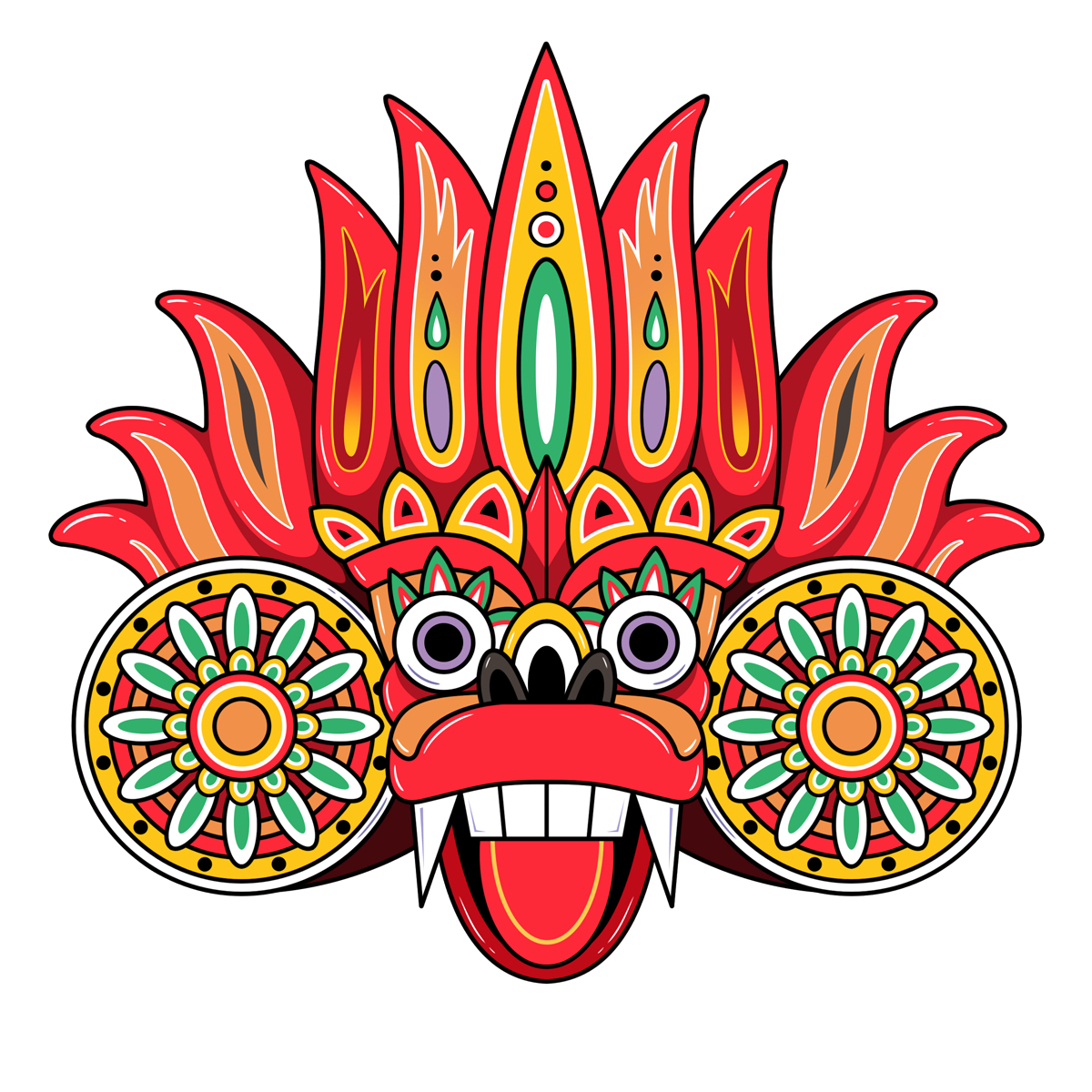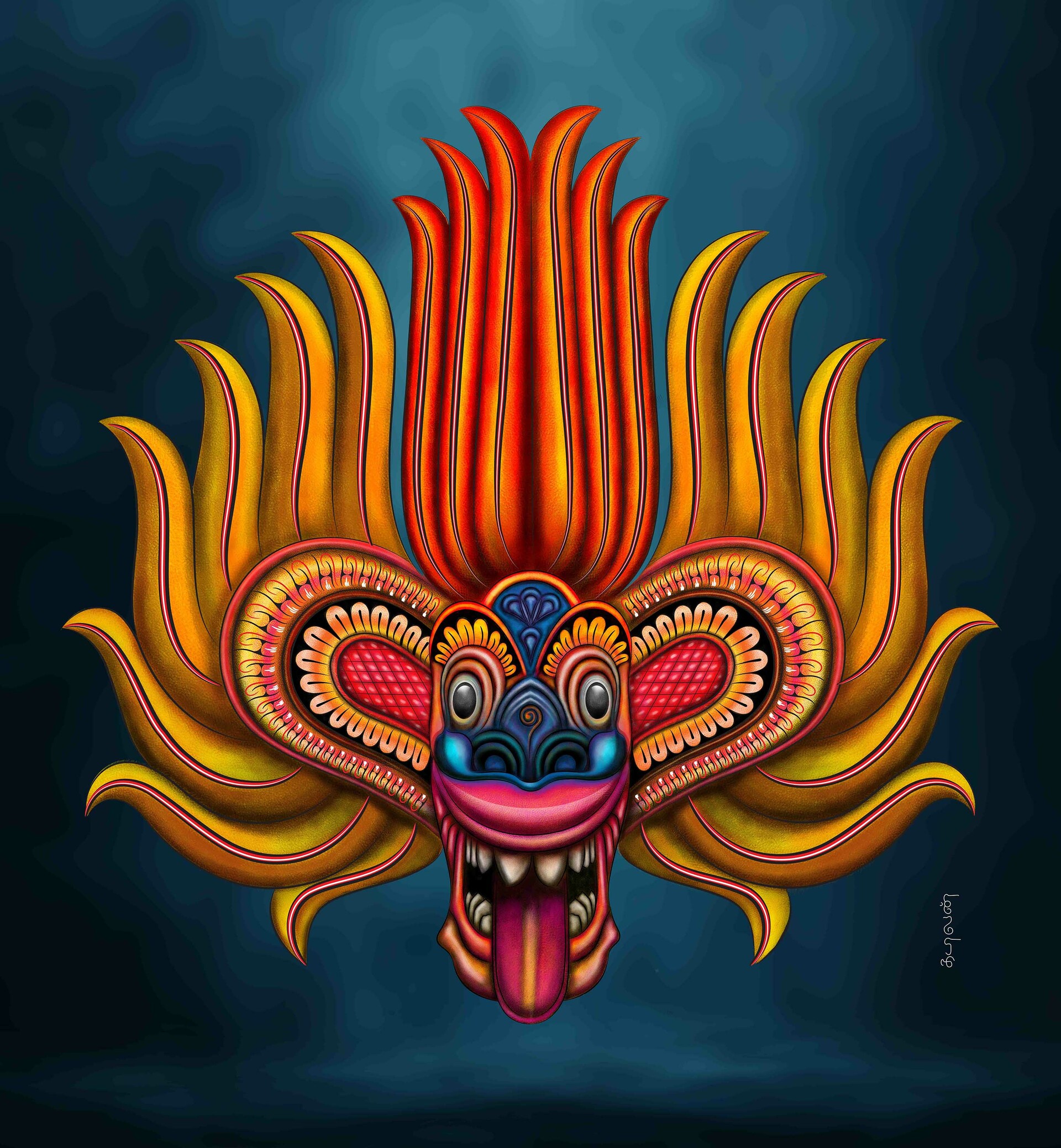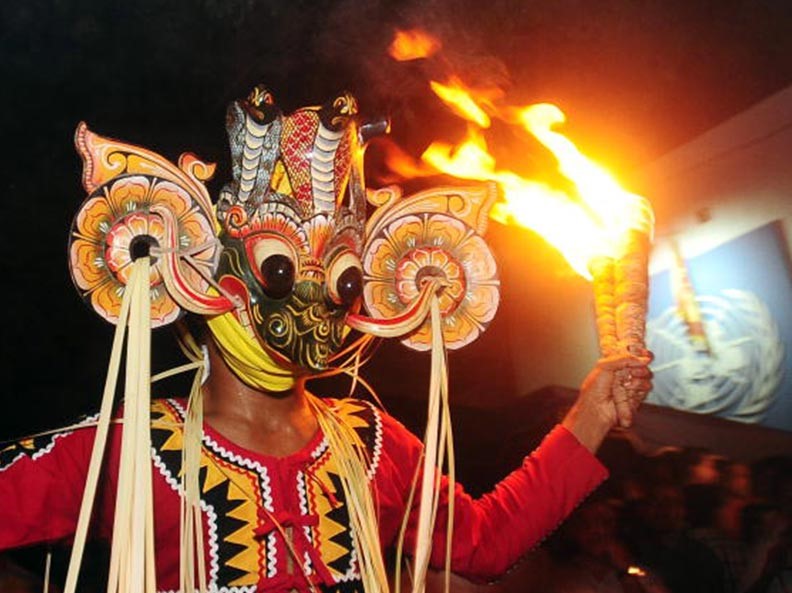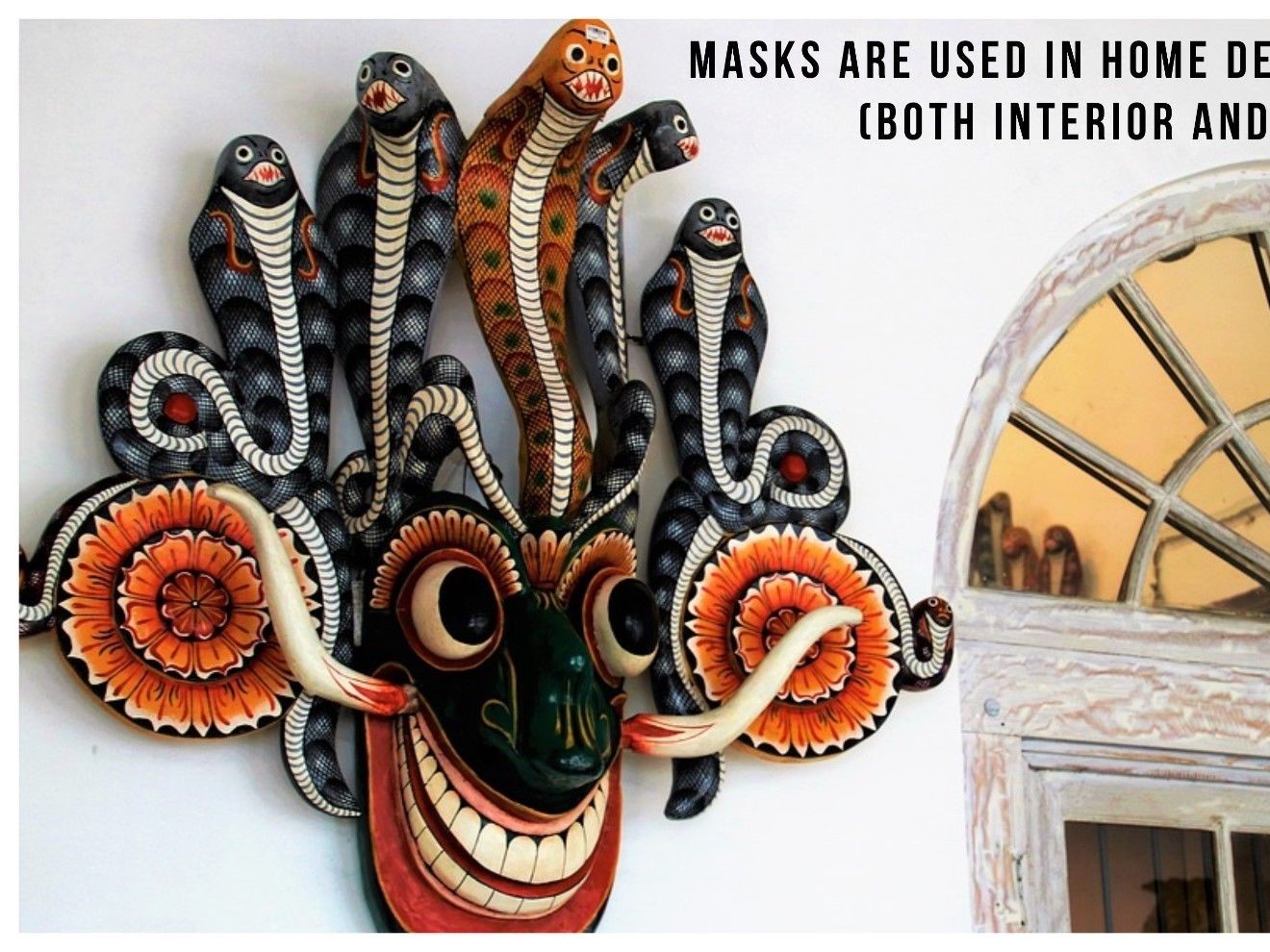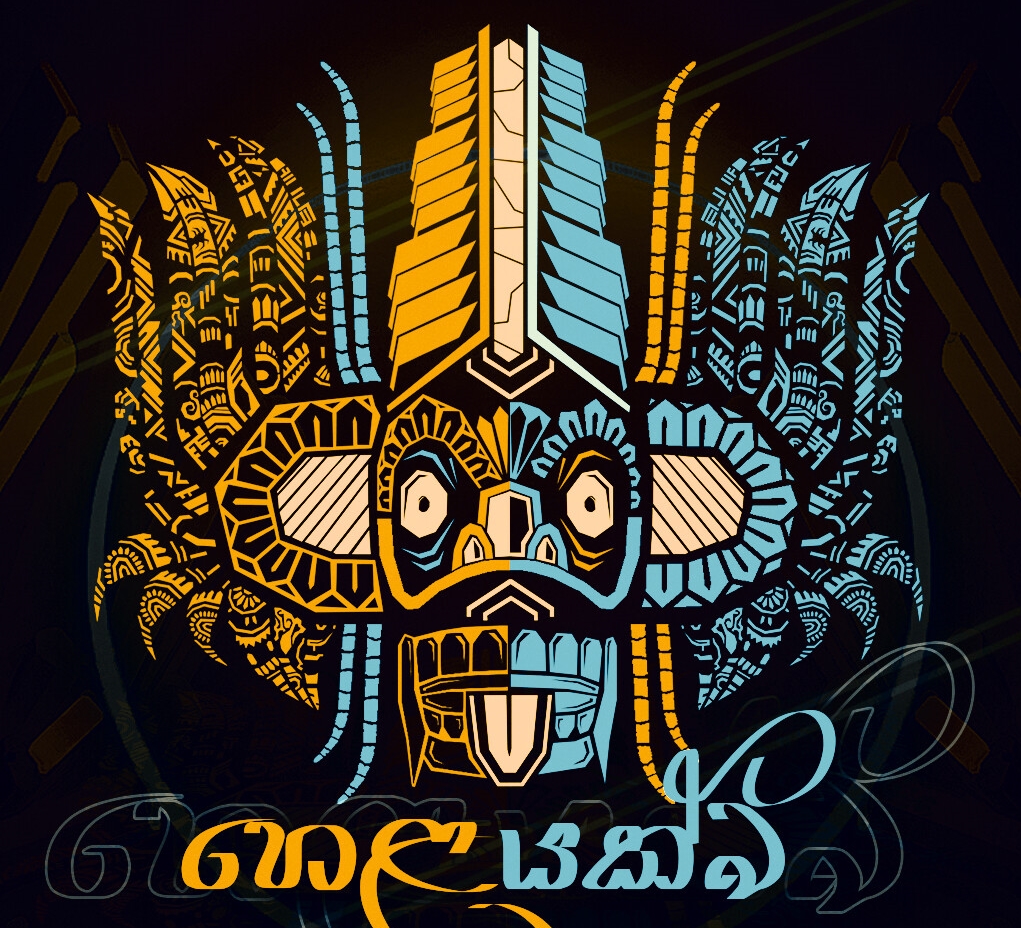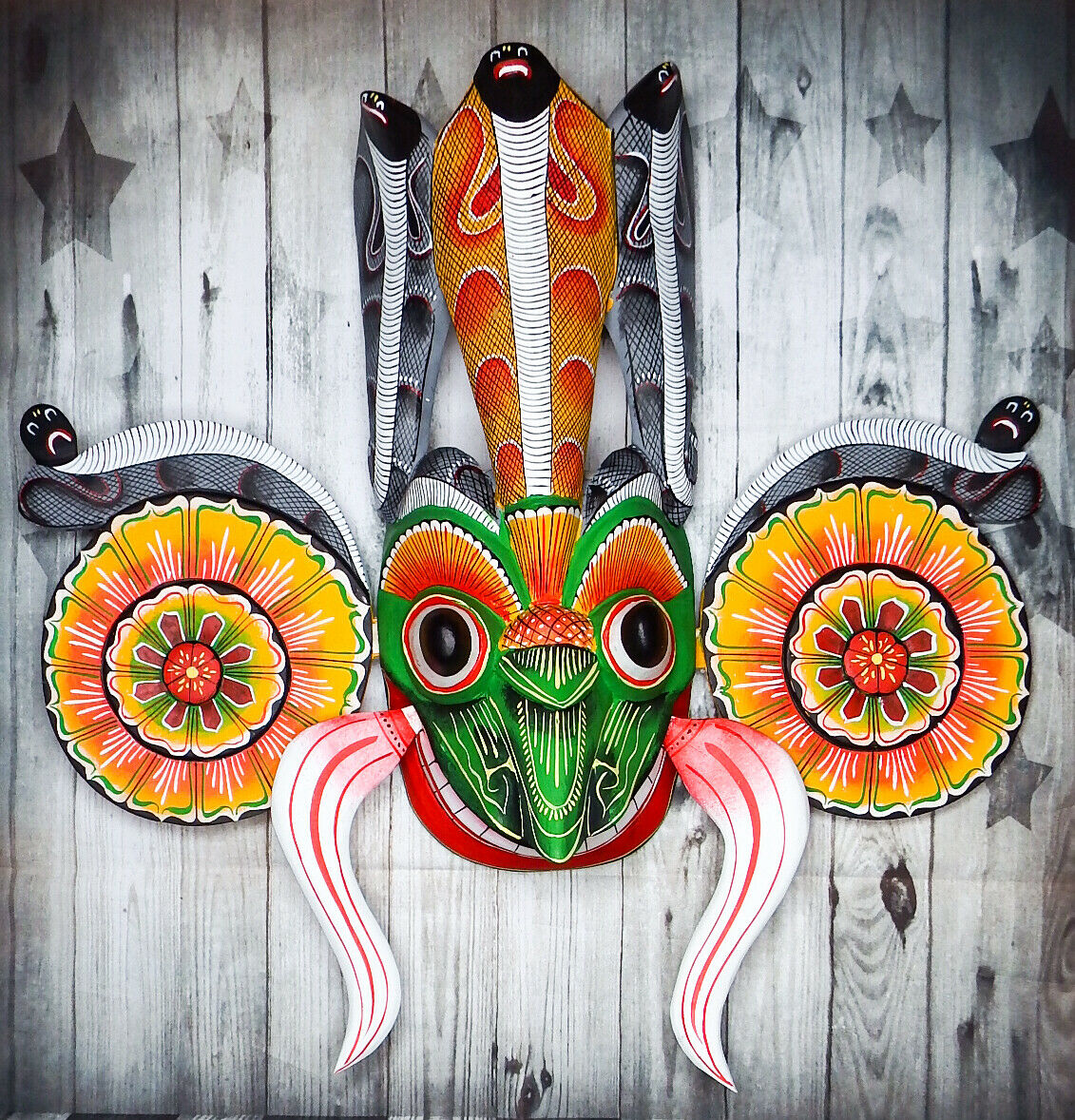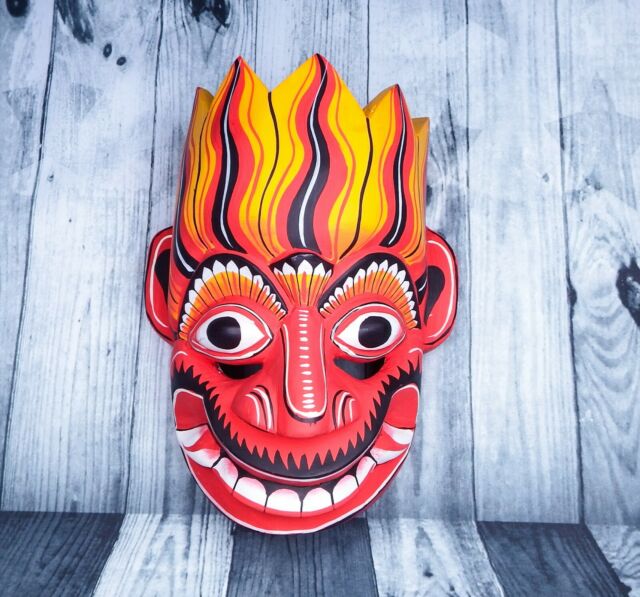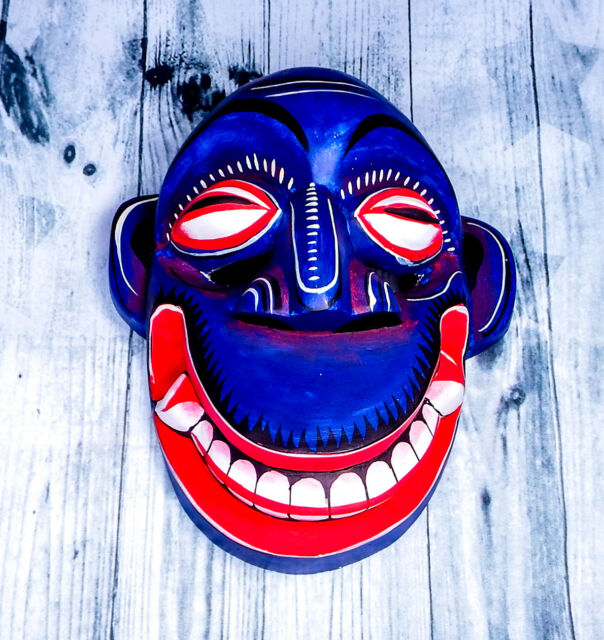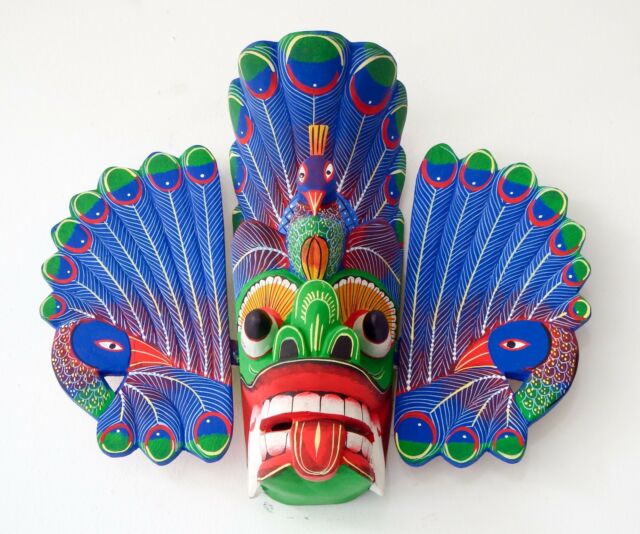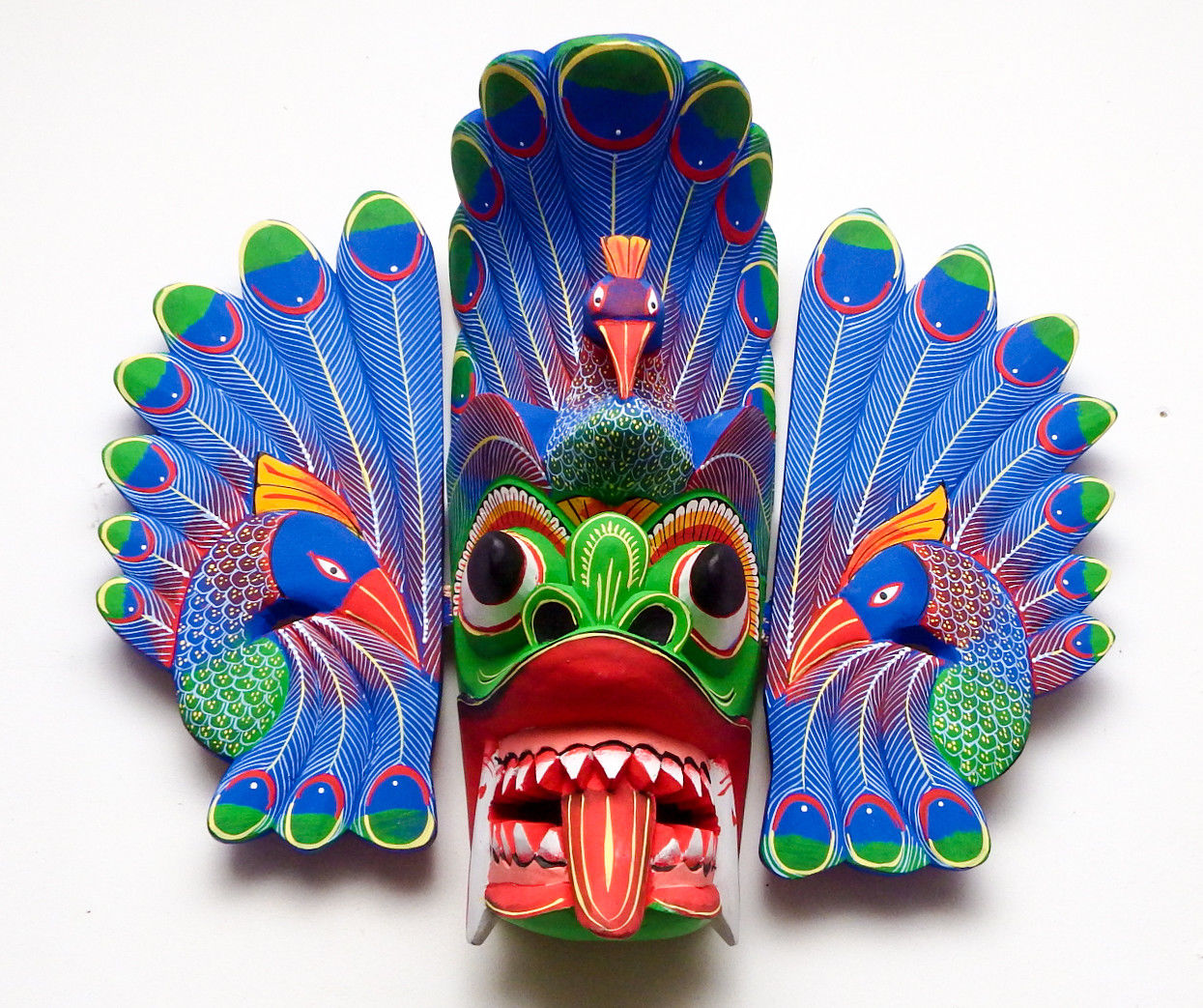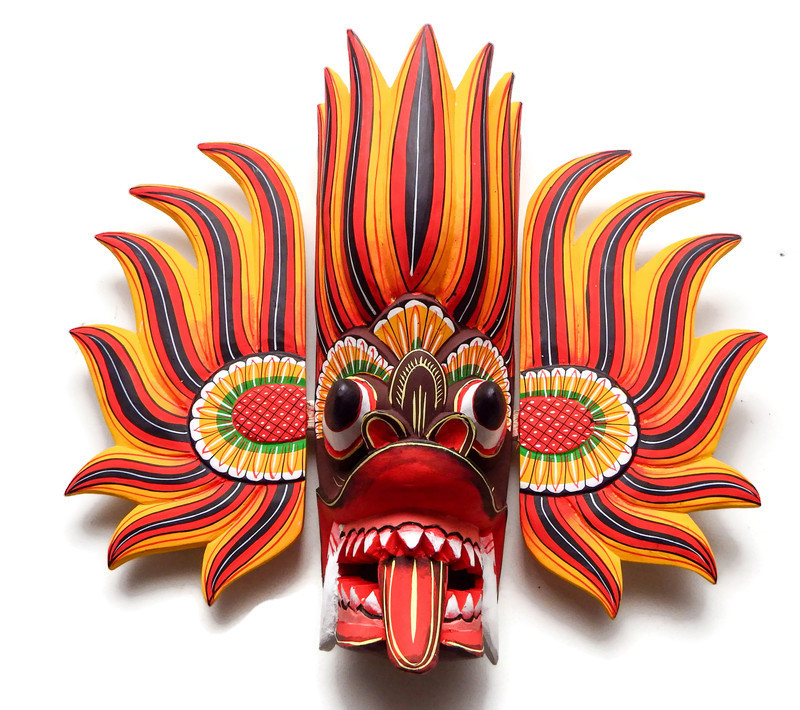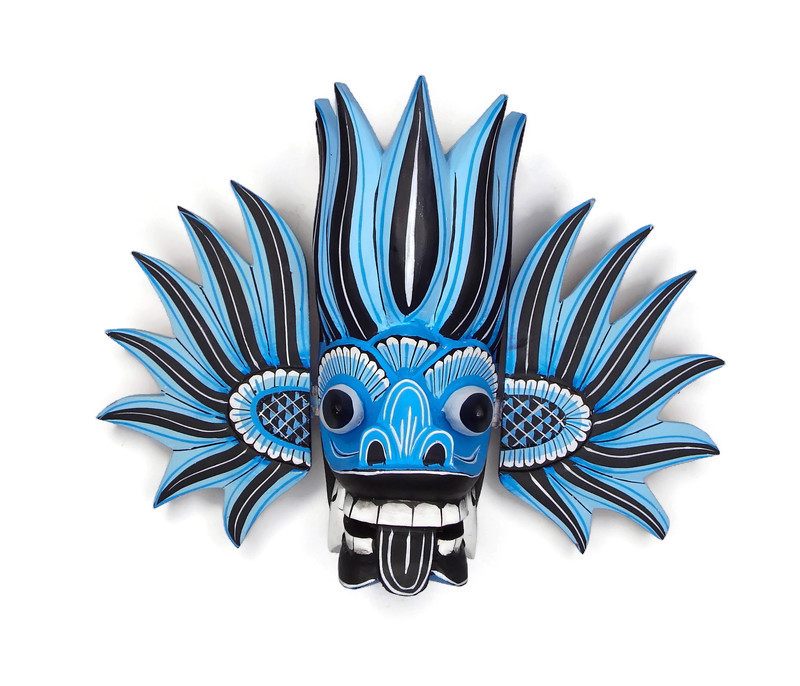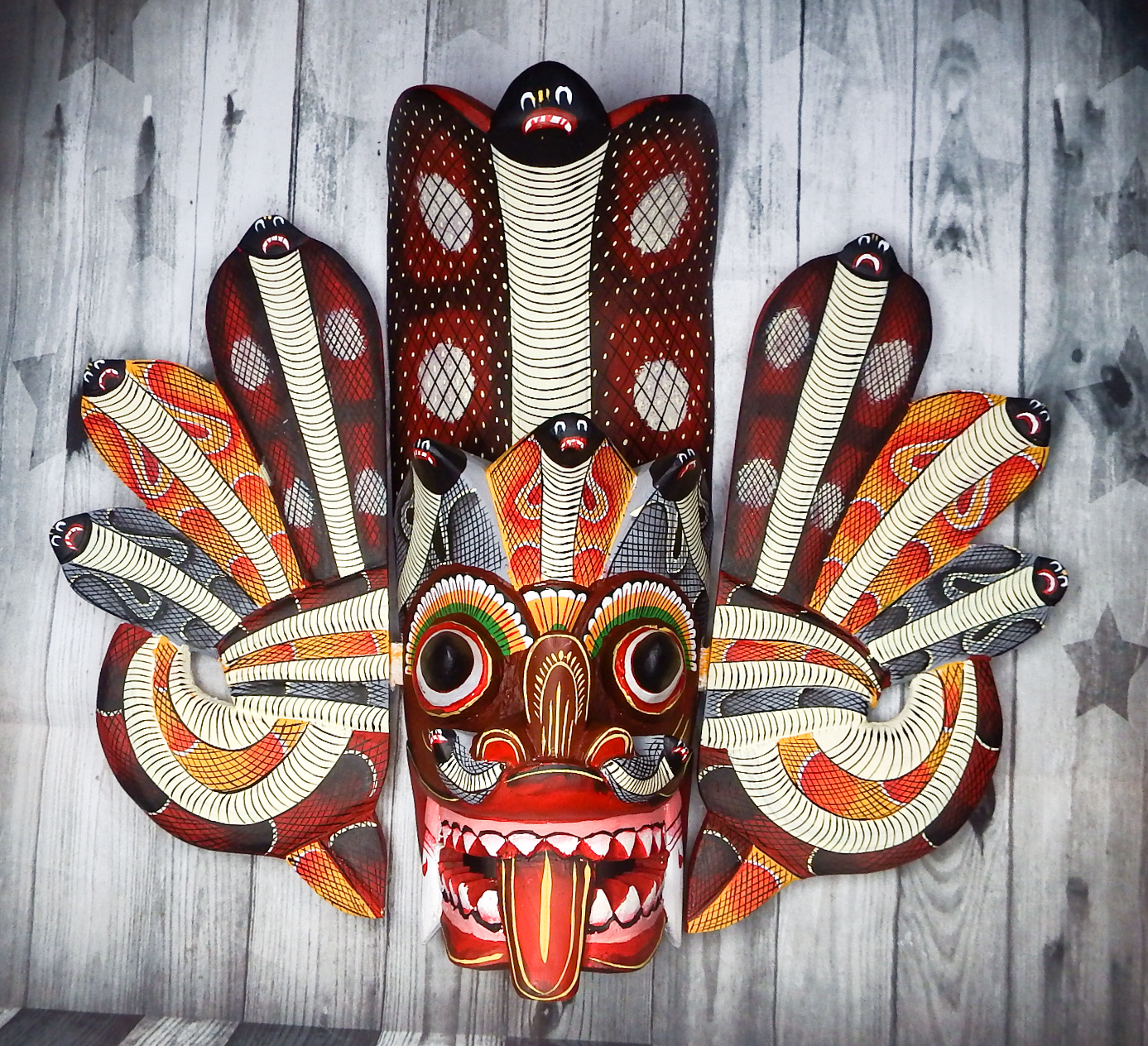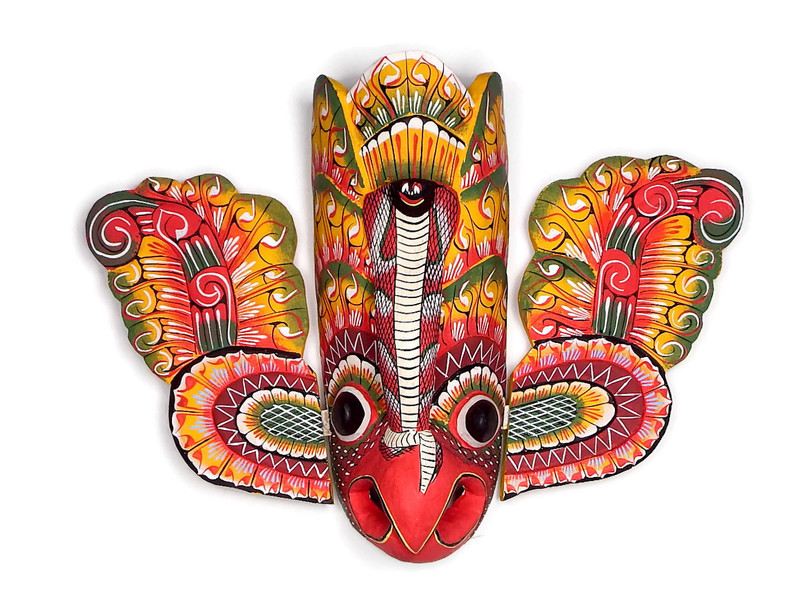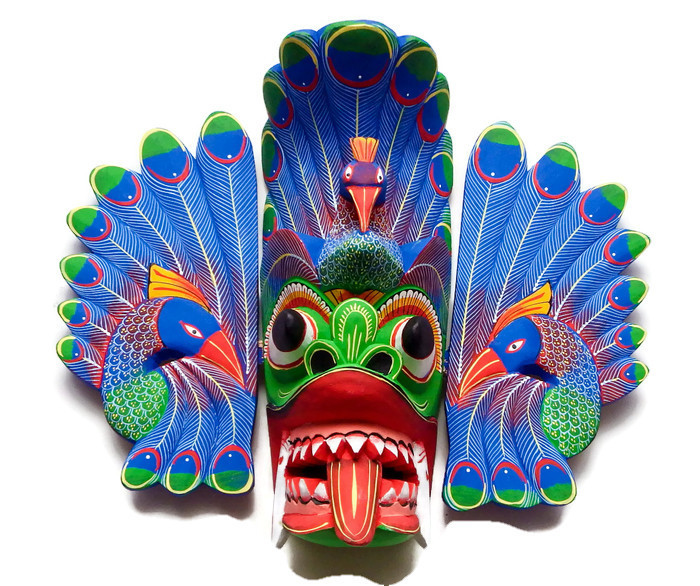SRI LANKAN PUPPETRY
Gamvari Supun Tharanga (26), a Peradeniya University Graduate with a degree in Computation and Management is an unlikely candidate to save the art of puppetry from oblivion and yet, he has stepped up to ensure that the traditions of his ancestors continue well into the 21st Century and beyond.
Ambalangoda was once the ‘heart’ of puppetry in the South but over the years, as puppeteers left for more lucrative work and people focused more on their television sets than the puppets, the industry has faced a slow death. To keep the art alive and to provide it with a space to thrive, Tharanga opened a puppet museum called ‘Puppeteers of Lanka’ which draws talent from Ambalangoda and the villages surrounding it.
I wanted to show people the kind of lifestyles we had and to capture what a typical Sri Lankan kitchen looked like, he said.
The museum also depicts various characters of the British Colonial Administration who had exploited the locals in puppet form. In addition, puppets have also been made to retell popular legends, Jataka stories and Sri Lankan mythology.
History of puppetry in Sri Lanka
Opinions differ over the introduction of puppetry to Sri Lanka, but the majority of historians believe that puppeteers from India on their visits to Sri Lanka had introduced it. Further the Chulawamsa made references to puppetry during a religious festival held in the Kingdom of Dambadeniya during the reign of King Parakramabahu the Second.
Puppetry is considered a universal art form and not confined to one particular nation, culture, religious or ethnic group. In Buddhist Jataka stories, references are made to puppetry and puppet festivals are also held by the Catholic devotees depicting events of religious significance.
According to ethnographic and anthropological research findings, the origin of puppetry goes back to more than 30,000 years. Greek Philosophers such as Aristotle and Plato had made references to puppetry in their philosophical treatises. During the archaeological excavations made in children’s grave yards in ancient locations in Egypt, Rome and the Indus Valley Civilization, puppets quite similar to dolls having movable heads made out of terracotta and animal tusks have been discovered. Indian Epics such as the Ramayana and Mahabarata and Greek Epics such as the Odyssey and Iliad have also been dramatized using puppets.
Running in the family
Tharanga’s father, Gamini Rupasiri is the owner of ‘Gamini Rupasiri Puppetry Dance Institute’ in Viharagoda, Kandegoda; a village famous for puppeteers and located in close proximity to Ambalangoda.
Tharanga, since the age of seven had shown an inherent desire to gather knowledge of in every aspect of puppetry under his father and the other experienced puppet dancers who took part in performances staged in various parts of the country, said Rupasiri.
Rupasiri however, runs a tailoring shop today because he can no longer survive on puppetry alone. He is not the only puppeteer who had to retire his puppets for pragmatic reasons. Ambalangoda and its suburbs on the Southern coast of Sri Lanka has been identified as a repository of traditional folk art, folk dramas, mask dance, ancient rituals and belief systems which have been passed down from one generation to the next for the last few centuries. Ganvari Podisirina Gurunnanse was renown in the sphere of puppetry and is popularly known to be the founder of this dance form to the villages around Ambalangoda.
 As his father’s art form diminishes, Tharanga said, his ambition was to preserve the puppetry tradition of the chief pioneer Podi Sirina Gurunnanse. “This is important as the puppetry now is on the verge of disappearing forever”.
As his father’s art form diminishes, Tharanga said, his ambition was to preserve the puppetry tradition of the chief pioneer Podi Sirina Gurunnanse. “This is important as the puppetry now is on the verge of disappearing forever”.
Podi Sirina Gurunnanse
In 1922, when the Prince of Wales visited Sri Lanka, the colonial government at the time held an exhibition at Victoria Park in Colombo to mark the occasion. Podi Sirina Gurunnanse received the rare opportunity to perform a puppet dance on this historical day as a mark of respect to the Prince of Wales and his retinue of other members of the Royalty. The story goes that the Prince was so enthralled by the puppet show performed by Podi Sirina Gurunnanse, that he offered him a sum of Rs. 500 and a gold medal in recognition of his talents and thus he was the first puppeteer to bring recognition to the country for the folk art of puppetry.
Late F. R. Senanayake, P. de S. Kularatne, Professor G. P. Malalasekara, Professor Tissa Kariyawasam and Dr. Jayadewa Thilakasiri were also among the prominent intellectuals who recognized the value of puppetry as a rare form of folk dance to be protected from extinction.
Dr.Thilakasiri’s research findings on puppetry according to his study, ‘The Puppet Theatre of Asia’ noted that in 1952, there were five different traditions of puppet dancing groups established in the villages around Ambalangoda. But all these groups were believed to be disciples of Podi Sirina Gurunnanse and they had all learnt their art from him. Over time, they had fine-tuned what they had learnt to come up with their own individual performances.
The pioneer of puppetry, Podi Sirina Gurunnanse passed away in 1936.
After his demise, his two sons, G. Daniel Gurunnanse and G. Jamis Gurunnanse and several other famous puppeteers of the era namely Aranolis Gurunnanse of Kandegoda, Jayaneris Gurunnanse of Bogahawatta, Saranelis Gurunnanse and Charles Gurunnanse of Kandegoda were the other founding members of a group of puppet dancing known as ‘Dakshina Lanka Puppeteers’.
Other pioneers of puppetry
Gamvari Loveneris was another renowned puppeteer having unique talents and lived at Bogahawatta adjoining Ambalangoda. Loveneris excelled in every aspect of puppetry. From carving puppets depicting various characters, painting, costume making, make up, singing and playing musical instruments; he did it all by himself in addition to manipulating puppets on the stage.
Loveneris was taught by his father, Gamvari Surathan Gurunnanse but he passed away when Loveneris was only four. Thereafter, Jayaneris Gurunnanse; a famous puppeteer took over and groomed young Loveneris to be a fully-fledged puppeteer.
Downward trend in puppetry
Gamvari Premin is a grandson of Gamvari Podi Sirina Gurunnanse and today, Premin is working hard to protect his grandfather’s legacy. He lives at Viharagoda, a suburban village in Ambalangoda.
Premin had represented Sri Lankan puppetry in a number of International Puppetry Festivals held in several Asian and European countries and a few years back, Premin was appointed as the Chairman of Puppetry Panel of the Arts Council of the Cultural Department. He attributed the downward trend of puppetry to its unprofitable nature as a livelihood.
Majority of puppeteers have already given up puppetry and resorted to other forms of livelihood. Certain professional puppeteers, instead of taking part in performances of puppetry dancing, are now engaged in carving puppets for sale in tourist resorts. According to Premin, out of 200 professional puppeteers based in and around the villages of Ambalangoda, only 15 of them really engage in puppet dancing.
Nalin won a gold medal in 1980 and produced a musical puppet play on hunger to mark World Food Day. Nalin was also the first to perform in the history of puppetry in Sri Lanka, a puppet show underwater at Hikkaduwa. It was filmed by the Finnish divers.
In 1988, Nalin attended the third International Puppet Festival held in Japan and in the same year, he represented Sri Lanka in a puppet festival held in Pakistan. He has also been the only puppeteer in Ambalangoda, keen on producing puppet dramas exposing social, political conflicts and the exploitation and abuse of power.
Both Nalin Gamvari and his brother Vipula Gamvari, just like their father Gamvari Loveneris, are well versed in all aspects of puppetry.
They have represented Sri Lanka in International Puppet Festivals held in France, Spain, China, India and several Asian and European countries. Despite their efforts however, it has been an uphill task for these accomplished puppeteers, “Puppetry is no longer recognized in this country as a form of entertainment. The authorities pay little attention to it and just celebrate ‘World Puppet Day’ and soon forget it thereafter”, said Nalin.











